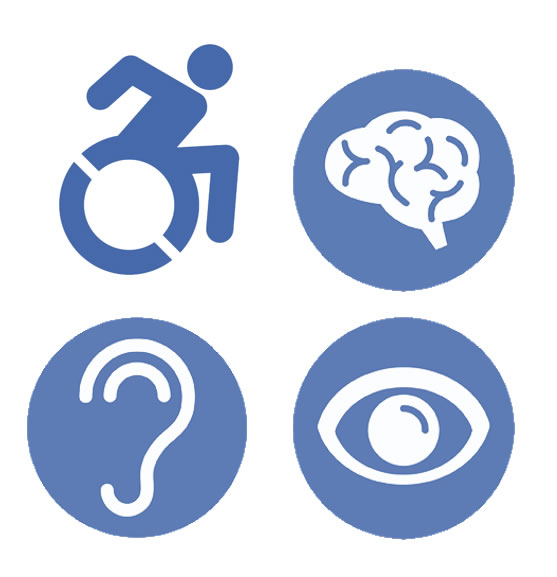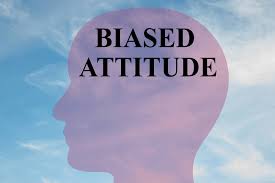A terrific special section of the New York Times [in July] was devoted to the 30th anniversary of the passage of the Americans With Disabilities Act. There is no mention of age or ageism.
It would be convenient to attribute that omission to the fact that most older people are not disabled (true but complicated). But you sure wouldn’t know it from the way the media and public health advisories turn the vast and varied 60+ population into “the (frail/vulnerable/dependent) elderly.” And it’s not the real reason. The real reason is that we act as though people with disabilities don’t grow old, and olders never become disabled—and an ageist and ableist culture gives us cover.
That has to change. Aging and disability are not the same. But they overlap in ethically and tactically important ways.
There are a lot of us, and our numbers are growing. As modern medicine saves people who once would have died, more disabled people are reaching adulthood and beyond. One out of four American adults has some type of disability. Disability rates rise steeply after age 75—the fastest-growing age cohort. Population aging is a permanent, global, demographic trend. Some impairment awaits us all.
We all face stigma, and we’re all biased. Both olders and people with disabilities encounter discrimination and prejudice. Many olders refuse to use wheelchairs or walkers, even when it means never leaving home, because the stigma is so great. People with disabilities are as ageist as everyone else. When an acoustic neuroma destroyed most of [my] hearing in one ear, I caught myself thinking, “At least it’s sexy, brain-tumor deafness, not sad, old-person deafness”—making me both ageist and ableist.
Ignoring the overlap between ageism and ableism leaves stigma unchallenged and rules out collective activism. A mandate of the disability justice movement is to stand in solidarity with other marginalized groups, as the Black Panthers did in 1977 by bringing supplies and cooked meals to the over 100 disabled protestors who occupied the San Francisco HEW offices for almost a month, and as the Black Lives Matter movement is doing now by supporting the rights of transgender and Indigenous people.
“Speak up not only for your own disability, but for invisible disabilities and disabled people of color as well,” urges activist Alice Wong, the author of Disability Visibility (2020). Speak up, too, for older people with disabilities, who have much to learn from younger p.w.d. about adapting, identity and pride.
Just as realizing the potential of the disability justice movement means joining forces with age activists, being anti-ageist means being anti-ableist. For most of us—including me, so stay tuned to this blog—that means learning more about disability. Watch Crip Camp and learn about disability culture. Being anti-ageist also means being anti-racist, which right now means supporting the Black Lives Matter movement. Because achieving equal rights for everyone—everyone!—means ending white supremacy. Because growing old is a privilege denied to many Black, Brown and disabled people. And because it’s all one struggle.



